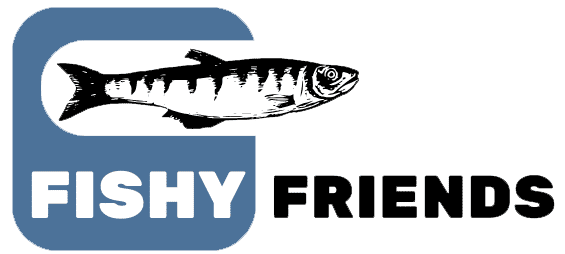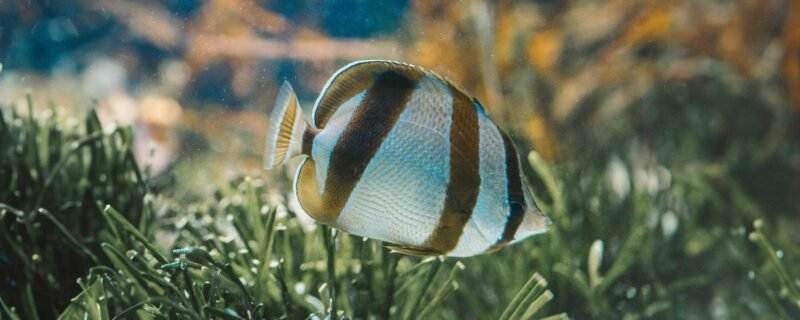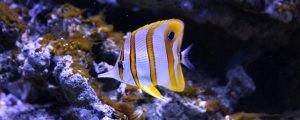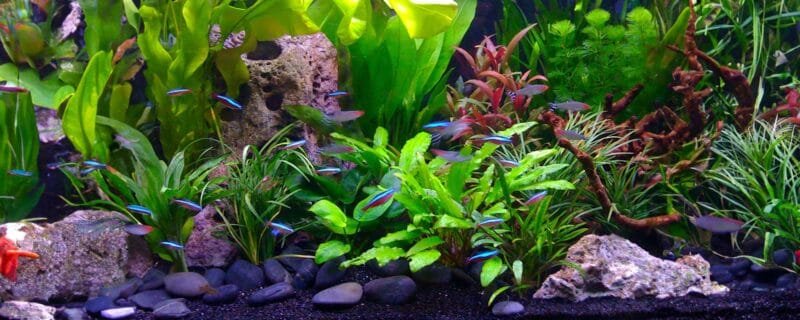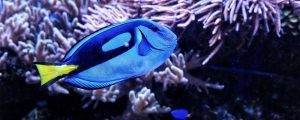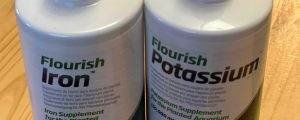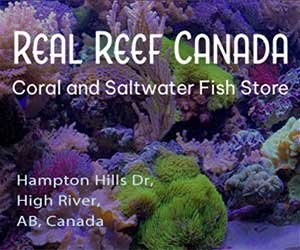The Threadfin Butterflyfish (Chaetodon auriga), also known as the Auriga Butterflyfish, is one of the most recognized and visually striking marine species found in tropical reefs. Its elegance, grace, and distinct coloration make it a favorite among saltwater aquarists and reef diving enthusiasts alike. With its long trailing filament (or “thread”) extending from the dorsal fin, this fish truly lives up to its name.
In this comprehensive care guide, we’ll dive into the biology, behavior, and tank requirements of the Threadfin Butterflyfish, including key information about size, diet, sexing, breeding, water conditions, compatibility, and more—including the albino variety.
Scientific Classification and Relatives
-
Common Name: Threadfin Butterflyfish
-
Scientific Name: Chaetodon auriga
-
Family: Chaetodontidae
-
Related Species: Raccoon Butterflyfish (Chaetodon lunula), Copperband Butterflyfish (Chelmon rostratus), and the Teardrop Butterflyfish (Chaetodon unimaculatus)
Native Habitat
The Threadfin Butterflyfish is widespread across the Indo-Pacific region. Its range extends from the Red Sea and East Africa across to Hawaii, southern Japan, and the central Pacific Islands. It inhabits coral-rich lagoons, reef slopes, and outer reef areas where it can dart between coral branches and rocks for protection.
Size and Appearance
Adult Threadfin Butterflyfish typically reach about 7 to 9 inches (18 to 23 cm) in length. Their body is oval-shaped and laterally compressed, with a stunning pattern of diagonal lines across a pale body, a black eye band, and a distinct trailing filament from the dorsal fin.
There are two distinct regional variations:
-
Red Sea form – lacks the black blotch near the rear dorsal area.
-
Pacific form – features a dark blotch beneath the filament extension.
Diet
In the wild, Threadfin Butterflyfish feed on a variety of coral polyps, worms, crustaceans, and algae. In captivity, replicating their natural diet can be challenging but is crucial for health:
-
Recommended Diet in Captivity:
-
Frozen mysis shrimp
-
Enriched brine shrimp
-
Specialized marine omnivore pellets
-
Spirulina-based flakes
-
Marine algae and seaweed sheets
-
Live rock with natural growth (for grazing)
-
They benefit from multiple small feedings throughout the day due to their active foraging nature.
Sexing and Breeding
Threadfin Butterflyfish are monomorphic, meaning males and females look nearly identical. Without genetic testing or behavioral observation during breeding, it is difficult to visually distinguish sexes.
Breeding this species in captivity is extremely rare due to their spawning habits and coral-dependent larval stages. In the wild, they are pelagic spawners, releasing eggs and sperm into open water during synchronized spawning events.
Reef Compatibility
-
Is it Reef Safe?
No, with caution. Threadfin Butterflyfish are not considered reef safe, particularly in mixed coral aquariums. They tend to nip at soft and stony corals, especially LPS species, as well as some anemones and feather dusters. -
Good for Community Tanks?
With restrictions. While generally peaceful with other non-aggressive fish, they can be territorial toward other butterflyfish or similarly shaped species. They should be housed with species that are not overly dominant or aggressive.
Tank Requirements and Water Conditions
To thrive in captivity, Threadfin Butterflyfish need a large, well-established tank with plenty of live rock, open swimming space, and hiding places.
-
Minimum Tank Size: 100 gallons (380 liters)
-
Temperature: 72–78°F (22–25.5°C)
-
pH: 8.1–8.4
-
Salinity: 1.020–1.025 specific gravity
-
Ammonia/Nitrite: 0 ppm
-
Nitrate: <10 ppm preferred
Because they are sensitive to poor water quality, excellent filtration and regular maintenance are essential.
Ease of Care
Moderate to Difficult
Threadfin Butterflyfish are not recommended for beginners due to their specific dietary needs and sensitivity to water parameters. Their tendency to nip at corals makes them unsuitable for reef aquariums. Acclimating them to prepared foods and maintaining stable water quality can pose challenges.
However, once acclimated, they are active and display interesting behavior, making them a joy for experienced marine keepers.
Compatibility with Other Fish
Threadfin Butterflyfish do best in peaceful community aquariums with similarly sized tank mates. Avoid housing them with:
-
Highly aggressive species like triggers or large groupers
-
Territorial butterflyfish or angelfish
-
Very small or shy species that may be outcompeted for food
Compatible Tank Mates include:
-
Clownfish
-
Tangs (e.g., Yellow Tang, Kole Tang)
-
Gobies
-
Wrasses (peaceful types like Fairy Wrasses)
-
Chromis
Species Variations and Albino Form
Variations:
-
As mentioned, regional forms differ in dorsal markings. These variations are primarily aesthetic and do not significantly affect care requirements.
Albino Threadfin Butterflyfish:
Albino variants of this species are extremely rare and almost never seen in the aquarium trade. If one were encountered, it would require the same care as the standard form but may be more sensitive to light and stress due to reduced pigmentation.
Summary
The Threadfin Butterflyfish is a visually captivating species, admired for its grace and beauty. While not a beginner’s fish due to its coral-eating tendencies and specific care requirements, it can be a standout in a FOWLR (Fish Only With Live Rock) tank for experienced hobbyists. With the right setup, diet, and tank mates, Chaetodon auriga can be a fascinating addition to a large marine system.
